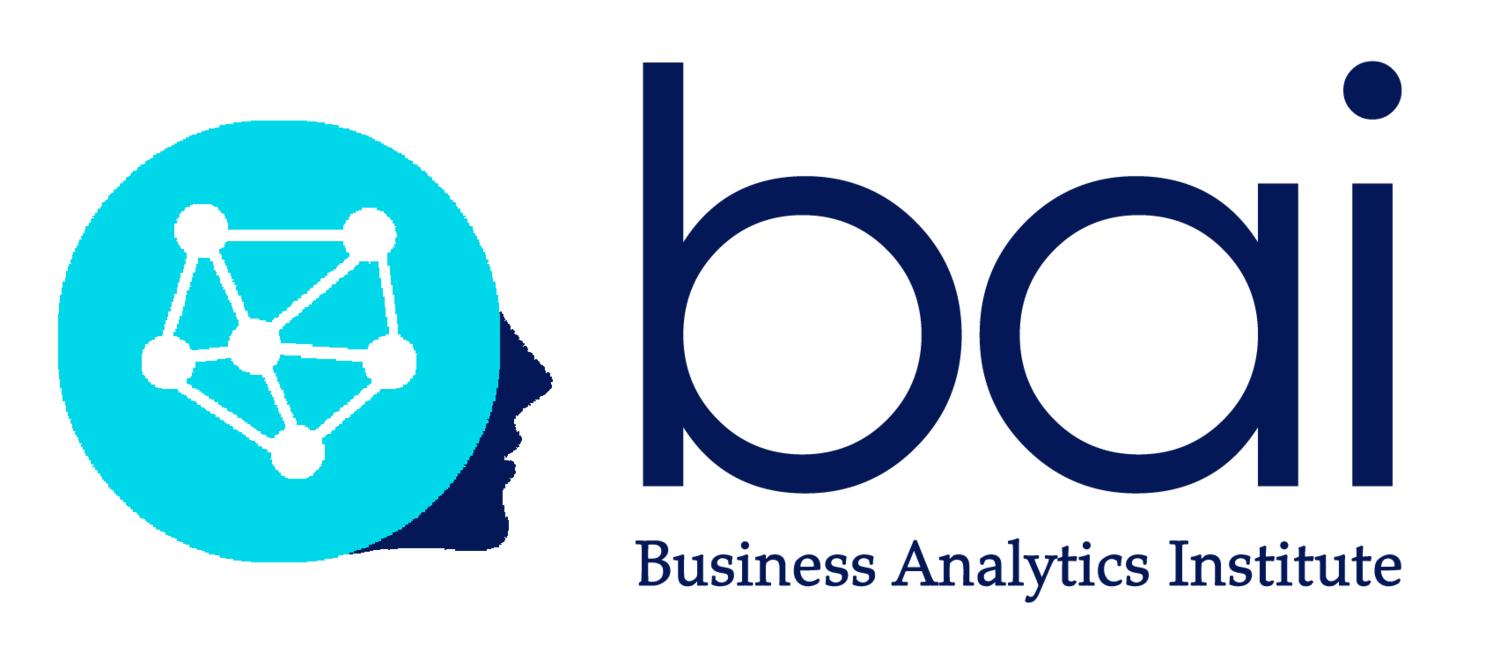The Business Analytics Institute offers a wide range of training, coaching and consulting services to help management improve their ability to take tough decisions.
🤖 Agentic Systems and the Transformation of Work
Pre-Course Discovery Quiz
Your quiz results will be saved anonymously for course preparation purposes.
Question 1 of 15
Question 1: What fundamentally distinguishes an agentic AI system from a traditional large language model (LLM) that simply responds to prompts?
Question 2: GitHub's internal research showed that developers using AI coding assistants completed tasks 55% faster, yet code review times increased. What does this pattern most likely indicate?
Question 3: In the ReAct (Reasoning and Acting) architecture for agentic systems, what mechanism allows the agent to recover from errors and adapt to unexpected outcomes?
Question 4: Klarna's AI assistant reportedly handles the workload of 700 customer service agents. When evaluating this claim's strategic implications, what analysis is most critical?
Question 5: An insurance company implements anomaly detection to flag unusual claims for human review. The system escalates 15% of claims. What optimization strategy creates the highest risk?
Question 6: A management consulting firm restructures its analyst workflow: AI conducts initial market research (15h → 2h) and data analysis (15h → 3h). What represents optimal human time reallocation?
Question 7: After deploying an agentic customer service AI, metrics show: average handle time -65%, CSAT unchanged, first-contact resolution -12%, escalations +35%. What diagnosis is most accurate?
Question 8: When an agentic system is given access to external tools (APIs, databases, calculators), what architectural component determines which tool to invoke at each decision point?
Question 9: A senior engineer argues their role will be obsolete when AI can generate full-stack applications from requirements. What capability represents the most defensible competitive advantage?
Question 10: A legal firm deploys AI for contract analysis. Attorneys report unchanged hours per contract despite 10x AI processing speed. Before concluding failure, investigate:
Question 11: Chain-of-thought prompting improves agentic system performance on complex reasoning tasks. What is the primary mechanism by which this works?
Question 12: In designing an agentic financial audit system, where does irreducible human judgment create the most critical value-add versus AI capabilities?
Question 13: Company A achieves 40% productivity gains from agentic AI; Company B sees 5% with identical technology. Organizational research attributes the divergence primarily to:
Question 14: Long-running agentic systems require memory to maintain context across extended interactions. What distinguishes episodic memory from semantic memory in these architectures?
Question 15: Two candidates possess identical domain credentials. Candidate B additionally demonstrates AI problem decomposition, critical output evaluation, and rapid capability adaptation. Economically, what premium should B command?
🎉 Quiz Complete!
0/15
💡 What You'll Explore in the Course:
- Agentic AI Architecture: Understanding autonomous planning, tool use, and multi-step workflow execution
- Goal Alignment: Designing objectives that reflect strategic value, not just operational metrics
- Workflow Redesign: Strategic frameworks for optimal human-AI task allocation
- Success Metrics: Moving beyond speed to measure quality, value creation, and failure modes
- Change Management: Why identical technology produces 10x different outcomes
- Career Strategy: Building defensible skills combining domain expertise with AI orchestration
